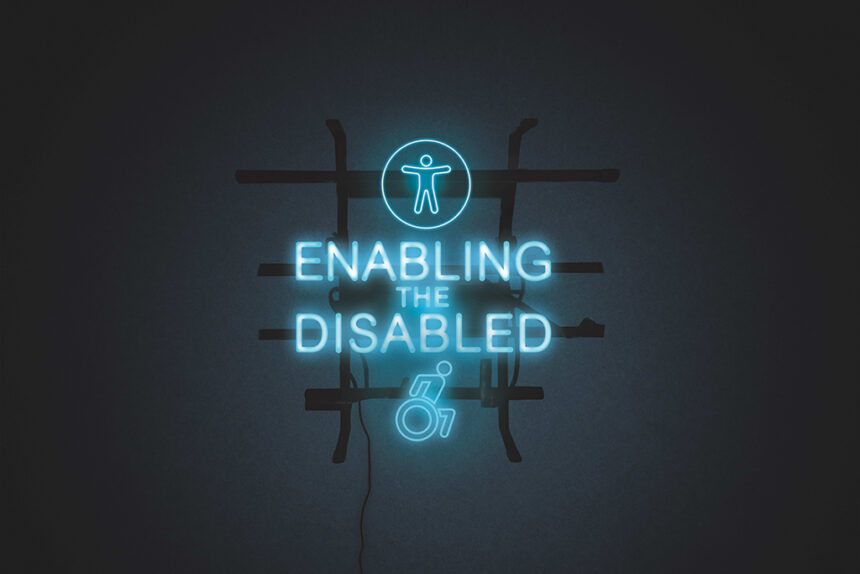To hear people with disabilities, disability activists and disability advocates tell it, medical marketers have long taken their communities for granted. The industry knew it was relied upon for medications and other support and, as a result, rarely put its back into efforts to communicate with and market to such individuals.
As technology facilitating inclusivity develops at warp speed, new and effective ways are arising to correct this historical oversight. But this increased attentiveness to the needs of people with disabilities comes with a caveat: There needs to be genuine commitment and transparency. Depending on whom you ask, the industry has either failed or barely cleared a low bar on those two counts.
To assess the overall state of affairs, we surveyed a range of individuals, both from within the industry and outside it. Here are their takes on how well medical marketers are serving individuals with disabilities — and where the business needs to up its game.
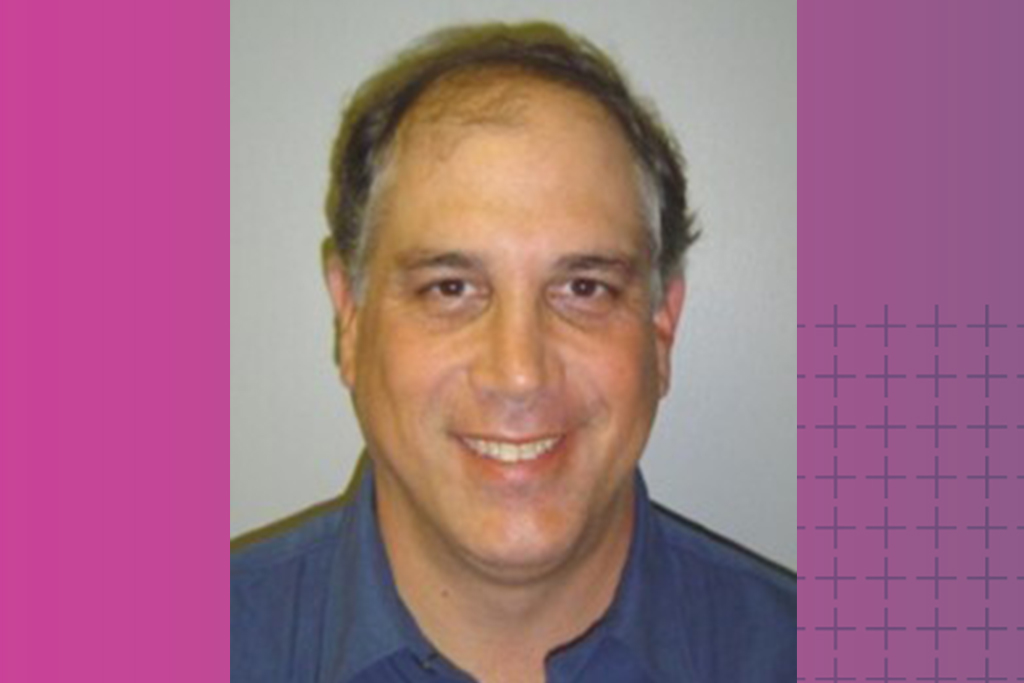
The veteran: Eric Lipp speaks as a person with a disability (mobility issues) and a rare disease (von Hippel-Lindau syndrome, which causes tumors to grow in different parts of the body). In 2000 he founded Open Doors, a nonprofit that mostly operates in the realms of travel, tourism and transportation. Lipp states his aim as “creating a society in which all persons with disabilities have the same consumer opportunities as everyone else.”
He understands why marketers have traditionally had a challenging time engaging with people with disabilities. “One of the hardest things for marketers is that, unlike with any other minority, the disability community is such a cross-diverse place,” he explains. “Marketers can’t pinpoint exactly where we are or who we are — and you can’t get solid figures, because nobody’s counting us. But we represent 15% of the population.” (Some studies, in fact, estimate that at least 25% of the population has a disability.)
“Health marketers need to understand that people buy from people who look like them,” Lipp continues. “You have to show people in wheelchairs, for example. I know it’s hard to depict somebody who’s deaf, but there are ways to do it — say, by showing a close-up on a hearing aid. The only thing you can do wrong is to do nothing at all.”
Lipp’s advice to health marketers? “Remember that most people with disabilities want to have vacations. Helping them gain independence and get out of the house is always a great marketing tool. Don’t show them going to the doctor’s office; show them going into a restaurant or traveling. Because once people see someone else doing it, they can picture themselves doing it.”
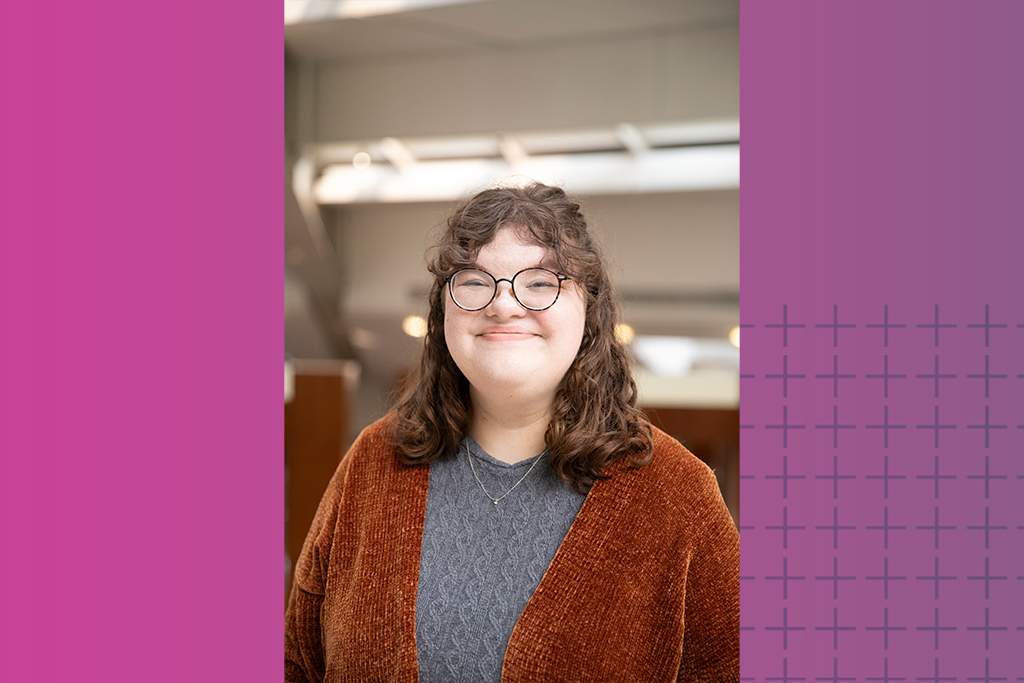
The upstart: Jill King has faced a lot of adversity in her life. Legally blind, she lives with chronic pain due to axial spondylarthritis. Yet she has accomplished plenty in her 22 years: She launched and leads the Students with Disabilities Advocacy Group at Georgia Southern University, where she’s studying psychology. In the years ahead, King plans to start a therapeutic practice focusing on disability and mental health, as well as continue her advocacy work with Health Union.
Through the organization’s Social Health Network, King has connected with many other patient leaders. “One of the best ways to learn about the disabled community and the chronically ill community is to hear about different people’s experiences,” she notes. “Working with Health Union, you get that every five minutes.”
With regard to developing effective and empathetic health marketing approaches for people with disabilities, King stresses that “It starts with having people with lived experience in those rooms, whether it’s your marketing people themselves or patients brought in as consultants to provide their insights.” As an aside, King notes: “A lot of us prefer the word ‘disabled’ over ‘differently abled’ — the disabled community generally isn’t a fan of those euphemisms. Because disability and the identity with it isn’t a bad thing.”
While Health Union encourages medical marketers to reach out to individuals within the organization, King reports that she hasn’t been contacted as of early July. But she knows people who have worked with pharmaceutical companies to offer insights on medications they’re taking.
“That kind of down-to-earth connection with patients is definitely a good thing,” she explains. “And in some cases, the companies are paying them for their insights — which is as it should be, in my opinion.”

The voice: In the midst of her acting career, Brooke Bonder was sidelined by a horrific car accident that left her all but immobilized, struggling to breathe as she was treated for acute pain. Eventually, she took to livestreaming under the moniker BabbleOnBrooke (“Talking was always my livelihood,” she jokes). She now has some 200,000 followers across all her platforms.
Bonder cautions that navigating myriad disease-state communities is a near-impossible task: “The health community online is very much an echo chamber, and you can get lost in it,” she notes.
That said, her ascent as an advocate suggests a way forward, both for individuals with disabilities and organizations hoping to engage with them. “I spent years talking only about health and disability, and that wasn’t good for me or my following. I came to realize that when you bring other things into the fold, that gives people hope,” Bonder continues. “Now I’m telling my followers about how they can proactively support their own health.”
She’s equally thoughtful on the subject of marketing in general. “When we tune in to any brand, corporation or publication, we do so for a specific reason, so the bulk of marketing content needs to be skewed in that direction,” Bonder adds. “But we also want to see the humanity, the personality, the nuances, the sense of humor. That makes us feel like we’re actually reading or watching something that comes from a human, not a robot or AI script.”
Not surprisingly, Bonder senses a strong unmet need to amplify voices in and around the disabled community. “My advice for marketers is to constantly be asking the community what they want and need,” she says. She cites Wego Health, Health Union’s social health network, as an organization doing exactly that. “Its technology keeps making it more accessible for more people to partake. It revamps its website, adds new webinars and finds new ways to connect people.”
Bonder also singles out Janssen for its annual HealtheVoices event. “It’s bringing the community together as well, and giving them a solid platform. And the Invisible Disabilities Association is completely heart-centered in everything it does.”
Her closing advice? “I encourage marketers to not be afraid of making mistakes. Just put everything out there and see what works.”

The clinician: As senior medical adviser for Patients Like Me, an organization that fosters community among individuals with medical conditions and disabilities, Dr. Kate Burke believes she has a unique perspective on the medical marketing process.
“Health marketing folks tend to focus on the medical aspects of a person’s disability, losing track of the holistic person with unmet needs,” she explains. “A typical campaign may highlight medical devices, treatments or healthcare services, but fail to consider the social, emotional, physical and psychological dimensions of a particular disability.”
Like King, Burke believes that marketers aren’t particularly adept at speaking to or about people with disabilities. She cited the difference between using “person-first” and “identity-first” language. Person-first puts the focus on the person rather than the disability; saying “an individual with epilepsy” is person-first, while saying “an epileptic person” is identity-first. But she cautions that many people, such as those in the autism community, actually prefer identity-first language.
Burke points out the obvious: that the healthcare needs of people with disabilities differ from those of people without disabilities, not to mention between people with different types of disabilities. “There should be a tailored approach in terms of serving and marketing toward individuals with disabilities. And caregivers must also be considered, because supporting them can only help to ensure the total well-being of those with disabilities.”

The evangelist: Ogilvy Health EVP Monique LaRocque believes that more thought must be put into the design and engineering of marketing programs to provide access to individuals with disabilities.
“We’re not connecting with these audiences — and if they don’t have access, how can they utilize the services? It’s time for society to step up to the plate,” she says firmly.
Similarly, LaRocque worries that people with disabilities aren’t truly being seen. “Even if they do have access to marketing materials, can they relate to the information? Is it understandable? Do they see themselves in the imagery?” she asks.
Referring to 508 compliance, the website accessibility requirement outlined in the Americans with Disabilities Act, LaRocque notes, “Many in the federal government are following it, but not all private-sector marketing and other types of organizations are. While you can be fined, there’s not a lot of enforcement.”
Compliance, it should be noted, doesn’t exactly require companies to jump through hoops. “If you’re showing a graphic chart, for example, you need to be aware that one person may see it differently than another,” LaRocque explains.
She does, however, see signs of progress. “I’m starting to see less homogeneous imagery in marketing materials, and a more anthropological approach to understanding what we’re trying to achieve and how to help the most people get there. We need to give seats at the table to more people who are differently abled, so that they’re included as part of the conversation.”
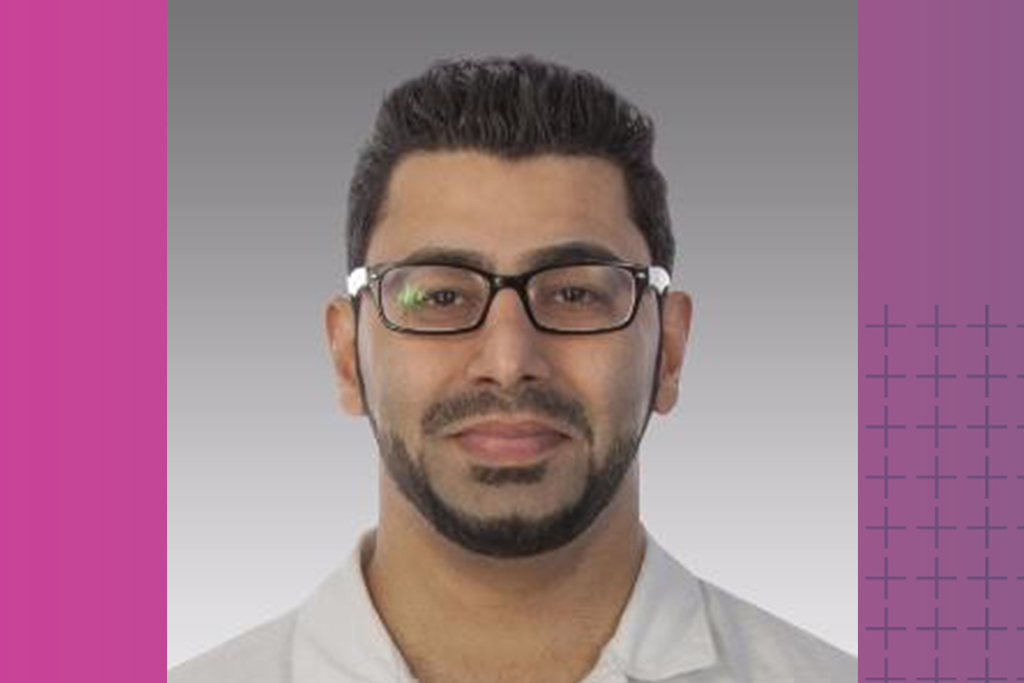
The technologist: As SVP, director of digital inclusion at FCB Health New York, Sammy Noorani believes that technology has helped bridge the access gap for people with disabilities. But he still questions the pace of change.
“Part of the problem is a lack of understanding what web accessibility even means,” he explains. “It’s actually much easier than people think. If a website simply has access to assistive technology, such as screen readers, it would be what we call WCAG [Website Content Accessibility Guidelines] 2.1 AA compliant, or ADA compliant. As of today, most people with a disability cannot access websites.”
That has changed the way Noorani goes about his job. “We started to bake in digital inclusion. We no longer tell clients ‘We’re going to need X amount of dollars for digital inclusion,’” he says.
Noorani would like to see the industry embrace screen readers, voice-enabled chatbots and other assistive technology.
“If a person is visually impaired, a chatbot can provide audio descriptions or voice-overs of images and videos. For someone not able to use the keyboard or mouse, a chatbot could help them navigate with keyboard shortcuts. Those who are deaf or hard of hearing could read transcripts of audio and video content,” he continues. “Even though most people are aware of the physical and social challenges faced by members of the disabled community, many people don’t understand the attitudinal challenges. We need to increase our understanding and knowledge of the disabled community.”
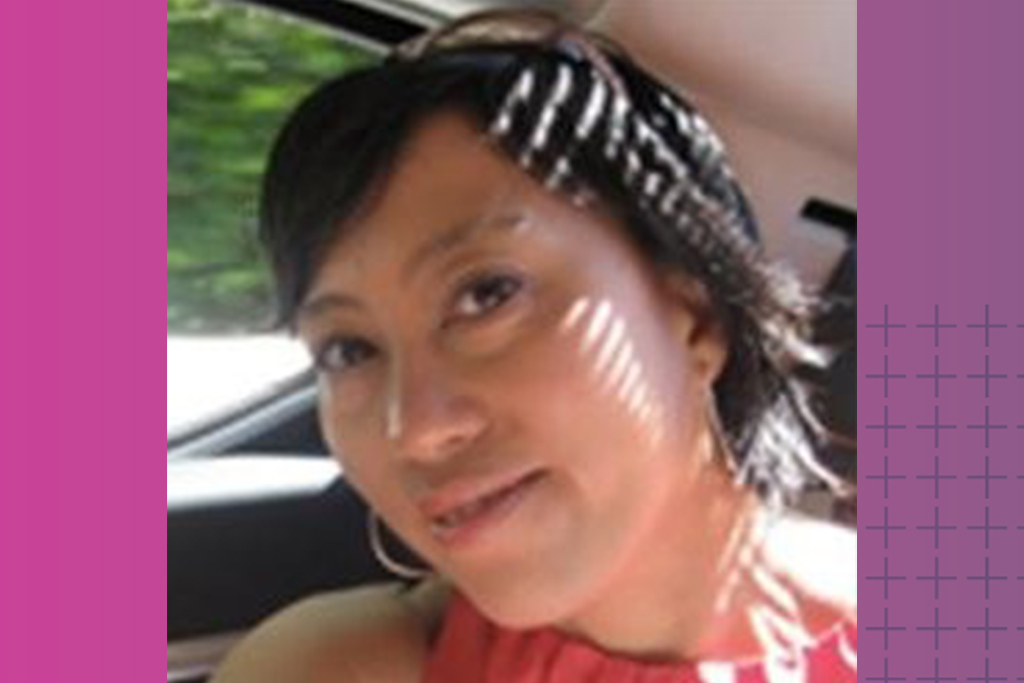
The optimist: FCB Health New York VP, creative director of innovation Yzabelle Munson has spent years working on these issues, including a stint with the Paralympic Games. Now she heads up a team exploring how technology and innovation can help patients and their caregivers get information expeditiously.
“You can’t just think, ‘This is a super-big group of people,’” she explains. “Every individual represents a different case and you have to understand the nuances. When was the person diagnosed? If it’s Alzheimer’s, are they at the beginning stage, the middle or the end?”
“We build our materials for everyone first; we have to be inclusive and accessible, then we start getting more information to determine such things as the types of disability we need to address and where the patient is in their journey,” she continues. “We can find out more by doing a workshop — whether it’s with doctors, patients themselves or caregivers — so they can get to the right gates to find the information they need.”
Munson cautions marketers to measure these efforts as they would any other. “We look at what we’ve built and we ask, ‘Is it working? Are people getting lost?’ It’s really helpful to get feedback through survey questionnaires.”
Overall, Munson is optimistic about the industry’s work on behalf of people with disabilities. “We’re all learning from each other. There’s a huge community out there sharing their work with other tech companies and marketing teams.”
She points to The A11Y Project, which describes itself “a community-driven effort to make digital accessibility easier,” as a great resource, and recommends that marketers attend conferences to ensure that they’re up to date on trends in technology and innovation.
“Everyone — whether you’re in editorial, copy or technology — needs to think with empathy and make sure we’re building for every individual,” Munson adds.
For a January 2024 article on Ms Magazine’s United Bodies podcast offering insights on disability justice, click here.
From the August 01, 2023 Issue of MM+M - Medical Marketing and Media

